-
EtonGreen Football Lily Pink Flower Bulbs (Set of 5)
₹325.00₹210.00 -
EtonGreen Calla Lily Yellow Flower Bulb (Set of 4 Bulbs)
₹550.00₹350.00
EtonGreen Calla Lily Pink Flower Bulb (Set of 4 Bulbs)
₹450.00 ₹290.00
- Shipping charge ₹ 90 for entire order
- Calla Lilies make fantastic container and landscape plants, Speckled foliage and gorgeous blooms add a touch of elegance wherever they go, and despite their graceful appearance, they’re remarkably easy to grow.
- Delicate and elegant, our Pink Melody Calla strikes the perfect note to bring harmony to any garden. This plant makes a bold statement with color gradients that start with white, dip into rich pink, and then finish with pale green at the eye. Its large size makes it ideal for prominent positions in the garden. Tall and floriferous, with strong stems that beg to be used for cut flower arrangements.
- Calla lily is easy to grow and add a classy look to perennial gardens, cutting gardens and container plantings.
- Calla lilies grow well in pots and planters. They can be mixed with other annuals, but usually perform better in a pot on their own. The flowers last for weeks.
Out of stock
Email when stock available
Calla Lilies make fantastic container and landscape plants, Speckled foliage and gorgeous blooms add a touch of elegance wherever they go, and despite their graceful appearance, they’re remarkably easy to grow.
| Weight | 0.5 kg |
|---|---|
| Dimensions | 10 × 10 × 25 cm |
Up sells product
- Shipping charge ₹ 90 for entire order
- These plants are perennial herbaceous bulbous plants. They generally have large fleshy bulbs. It is a plant with strap-shaped, glossy, green leaves and producing few large funnel-shaped flowers on a stout stalk, from March-May This plant is very suitable for planting in border, shrubbery and in a pot.
- The amaryllis lily is mainly used for ornamental purpose in garden, terrace, balcony, patio, etc.
- Common name: Hippeastrum
Color: The usual color is white with crimson veins, but pink or purple also occur naturally.
Bloom time: Late December until the end of June.
Height: 24 in/60 cm.
Difficulty level: EasyPlanting & Care
Amaryllis like their soil rich, but exceptionally well-drained, so ideally create a mix from one part well-rotted manure, one part horticultural grit or sand, and two parts leaf mould. Two-thirds good compost mixed with one-third grit also does fine.Sunlight: Full sunSoil: Well-drained soil.
Water: Keep soil moist throughout the growing season.
Temperature: 20°C
Fertilizer: Apply any organic fertilizer.
Harvesting: After the amaryllis has stopped flowering, it can be made to flower again. Cut the old flowers from the stem after flowering, and when the stem starts to sag, cut it back to the top of the bulb. Continue to water and fertilize as normal all summer, or for at least 5-6 months, allowing the leaves to fully develop and grow. When the leaves begin to yellow, which normally occurs in the early fall, cut the leaves back to about 2 inches from the top of the bulb and remove the bulb from the soil. Clean the bulb and place it in a cool (40-50 deg. F), dark place such as the crisper of your refrigerator for a minimum of 6 weeks. Caution: Do not store amaryllis bulbs in a refrigerator that contains apples, this will sterilize the bulbs. Store the bulbs for a minimum of 6 weeks.
Care:
- Once the plant is flowering, continue the watering and keep it out of direct sunlight, and slightly cooler (10-15°C), but as light as possible to promote a longer flower life.
- Each individual flower should last two or even three weeks before they brown.
- As each one fades, cut it off at the top of the stalk and then when the whole stalk is over and begins to sag, carefully cut it off just above the bulb nose.
- After flowering you can keep them from one year to the next.
- Feeding needs to continue and you want to water too, until the leaves begin to yellow in late summer/early autumn.
- At this stage, cut the leaves back to about 6cm (2½in) from the top of the bulb and remove it from the pot.
- Keep the bulb cool (5-10°C) and dark, to give it a dormant period for 8 weeks before you can encourage it to come into leaf and flower again When the temperature in your greenhouse falls to below 10C, bring them into the warmth and begin gentle watering again and your bulb will re-shoot.
- Don t re-pot it for the first couple of years; it hates root disturbance.
- The older and bigger the bulb, the more flowering stems you’ll get, so it’s worth the trouble of nurturing these mini football bulbs.
- Bulbs older than two years will produce offset bulblets.
- These may be left attached to the mother and re-potted with her, creating an amazing show, but its best to remove them carefully just before you replant and put them in their own individual pots.
- These little bulbs will take two years before producing their first flower, but it will be a proud moment when they do.
- Shipping charge ₹ 90 for entire order
- Despite its name, it is not related to the tulip, but to the various ginger species such as turmeric. It can grow as an indoor plant and is also sold as a cut flower.
- Inflorescences, stems, and leaves of this plant resemble the flowers, stems, and leaves of tulips, hence the common name. The true flowers are seen only if they curl around the bracts edges.
- Each inflorescence appears atop a rigid, reed-like stem that grows to 2 inches tall from a clump of narrow, lance-shaped, dark green leaves
-
Curcuma Planting Procedure:
- Plant rhizomes in spring after last frost date in organically rich, medium moisture, well-drained soils in full sun to part shade
- Plant rhizomes outdoors in spring
- Plant them at a depth of 4 inches
- Plants may also be grown in containers that should be overwintered indoors in the pots in a cool dry location with minimal moisture
- Shipping charge ₹ 90 for entire order
- Its flowers are red, orange or yellow, sometimes with a faint, but very sweet perfume.
- Clivias are herbaceous plants with long, slender green leaves. The flowers, which can be yellow, orange or red, grow as individual blooms on the tip of an umbel, which stands as a hardy stalk above the green foliage below.
- These flowers have a bell shape to them and make for beautiful additions to a flower arrangement. Clivias do not form bulbs, but they do produce berries as fruits. It grows to a height of about 45 cm (18 in), and flowers are red, orange or yellow, sometimes with a faint, but very sweet perfume. It is sometimes known in cultivation as “Kaffir lily” (a term considered offensive in South Africa). The same name is also applied to the genus Hesperantha. It contains small amounts of lycorine, making it poisonous.
-
Sunlight These plants do best as part-time outdoor plants, spending the summers outside in a shady spot with no direct sunlight. Bring them in during the winter rest period and keep in a lit but cool location. Watering Suspend water during the winter and resume again in the late winter or early spring. Soil A standard potting mix should be fine. Temperature With a minimum temperature of 10 C (50 F) Fertilizer During the growing season, fertilize every week with a weak liquid fertilizer. It also works to include controlled-release fertilizer pellets in the soil.
Clivia is the ideal plant for the shade garden or for containers. It purifies the air.
- One adult plant can absorb one liter of impure air and release 80% of oxygen overnight
- It performs photosynthesis under very weak light
- 3-4 plants are enough in a room for absorbing smoke and other contaminants
Caution
All parts of the plant are slightly poisonous. Hence, the pot should never be placed within reach of small children and pets.
Related products
- Shipping charge ₹ 90 for entire order
- Crinum lilies (Crinum spp.) are large, heat and moisture loving plants, producing an abundant array of showy flowers in summer.
- This crinum typically blooms in July, with slender-petaled, fragrant white flower that is highlighted with long, wine red stamens. They are unusual, looking like nothing else in the garden. Crinum leaves are basal, typically long and strap-shaped.
-
Planting And Care
- Protect from winter wet
- Generally disease and pest free
- In fall before the first frost, dig dry and store bulbs for winter in a cool, frost-free location in a medium such as peat or vermiculite that is given minimal moisture
Crinum Lily Care
- Plant 10 cm deep in any moderately fertile, moist but well-drained soil
- Bulbs should not sit in water, the soil should drain well
- Plant the large bulbs in full sun or filtered light in early spring
- Each bulb needs to be planted right side up
- The more pointed end is considered the top
- Plant each bulb in a hole that is just deep enough that its neck is protruding from the soil and the bottom of the bulb is covered in soil
- Covering the entire bulb with soil and planting too deep discourages flowering
- Space bulbs at least 8 inches apart and water the planting site or container well after planting
- Shipping charge ₹ 90 for entire order
- Did you know that gloxinia can be grown as house plants? True! Gloxinia are fabulous gift plants AND can be spectacular house plants if you give them proper care.
- A few years ago, a gloxinia flowering houseplant (Sinningia speciosa) was considered a perennial. The plants would bloom and then die back. After a period of dormancy, the plant would regrow, delighting its owner with a fresh flush of big, velvety flowers.
- Todays gloxinias are hybrids that are bred to quickly produce a large number of blossoms. These gloxinias produce an outstanding display for about two months, but once the flowers fade, the plant rarely comes back because it invests all its energy into flowers rather than sturdy roots. Therefore, these plants are best grown as annuals, and since they are discarded after the bloom cycle, gloxinia flower care focuses on keeping the plant looking fresh while it is in bloom.
- Shipping charge ₹ 90 for Entire order.
- Sparaxis Flower bulbs Also known as wandflower or harlequin flower, these colorful members of the iris family have open star-shaped white, orange, lavender, yellow or pink flowers often centered with contrasting symmetrical patterns.
- Sparaxis Flower bulbs Common name: Harlequin, Wand flower, Sparaxis
- Color: Pink, yellow, Red, Purple
- Height: Sparaxis flowers grow an average height of about 10 inches high. The total plant height is 12 to 18 inches.
- Difficulty level: Easy
- Planting & Care
Use them as an accent in mixed beds and borders, rock gardens and containers. - Sunlight: They need full sun to grow and flower.
- Soil: The soil should be kept continually moist, especially after planting.
- Water: Water the bulbs immediately, and cover the area with a layer of mulch. Water garden plants as needed, especially during the first six weeks after planting.
- Fertilizer: Apply any organic fertilizer once in 2 months
- Care:
- Little Sparaxis plant care is necessary with these flowers.
- In wet summer gardens, the corms are best lifted and stored but in well-drained areas, they can be left in the ground.
- Some species of the genus are not cold hardy.
- So if you live in colder regions, dig up the corms and store them before the first frost.
- The corms multiply rapidly if well watered throughout the growing season.
- Seeds can be sown in autumn and will flower the second spring or the offsets can be divided during dormancy and replanted.
- Shipping charge ₹ 90 for Entire order.
- Anemone flower can beautify every place with its simplicity and beautiful scent.
- Anemone is perennial flowering plant that have basal leaves with long leaf-stems that can be upright or prostrate. Anemone flower is a plant that can be increasingly found in gardens and terraces. This beautiful flower can beautify every place with its simplicity and beautiful scent.
-
Besides being the most common gift to give to someone, flowers are also beautiful decoration and important ingredients of perfumes and many other things that make our lives more beautiful.
Common Name Anemone or Windflowers Height Up to 2 to 3 feet Flower Colour Random color Bloom Time Spring Difficulty Level Easy to grow - Special Care For Anemone.
- Before Planting : Deep The Bulb into Normal water during 30 Minutes to 45 Minutes.
- Soil: Mix The normal Soil with 30% of Coco Peat & 20% of Vermi Compost ,
- Planting : Bulb is already Medicine Treated , Plant the bulb in Pot One inch deep. There is no need of Water till Germination or a week.
EtonGreen Caladium Mixed Color Bulbs(Set of 5 Bulbs)
- Shipping charge ₹ 90 for entire order
- The genus Caladium includes seven species that are native to South America and Central America, and naturalized in India, parts of Africa, and various tropical islands. Caladiums are known for their big, heart-shaped leaves that display amazing color combinations of white, pink, red and green.
Caladiums can be grown in containers or clumped together within beds and border. There are numerous varieties of caladiums found in either the fancy-leaved or the strap-leaved cultivar. Often varieties that bloom for a short portion of the season.
Blooming on caladium plants is not common, but tubers planted in favorable locations tend to produce small flower.
-
Common Name Elephant ear, Heart of Jesus, Angel Wings Height Up to 80 cm Flower Color Pale yellow (the flower-like bud on a caladium is a spathe) Bloom Time The flowers are inconspicuous and when grown as annuals, they may not have time to flower at all. Difficulty Level Easy to grow -
Caladium Care
- Caladiums grow from tubers and can be propagated by dividing the tubers
- These plants thrive in moist, well-drained soil and are generally happier in partial shade
- As foliage begins to die down in the fall, reduce water, dig up and air dry bulbs for a week
- Shipping charge ₹ 90 for entire order
- Pick these easy-to-grow varieties for the best blooms. It is a rhizomatous herbaceous perennial plant, evergreen where rainfall and temperatures are adequate.
- It has large clumps of broad, arrow shaped dark green leaves up to 45 cm long.
- The inflorescences are large and are produced in spring, summer and autumn, with a pure white spathe up to 25 cm and a yellow spadix. The spadix produces a faint, sweet fragrance.
- Dig up the rhizomes in autumn, usually after the first frost and store for winter.
- Dig a hole about three times as deep as the height of the bulb.
- Set the bulb in the hole, pointy end up, then cover with soil and press firmly
- Space bulbs 8 to 10 inches apart
- Water thoroughly after planting
- Use the potting mix for bulb plantation as Garden soil + Compost + Perlite + Sand (2:2:1:1) Soil + Cocopeat + vermicomposting (2:1:2)
- Keep them adequately fertilized and watered, misting the plant every so often to keep the ambient humidity high
- They are susceptible to aphids so, take a look closely and apply insecticide.

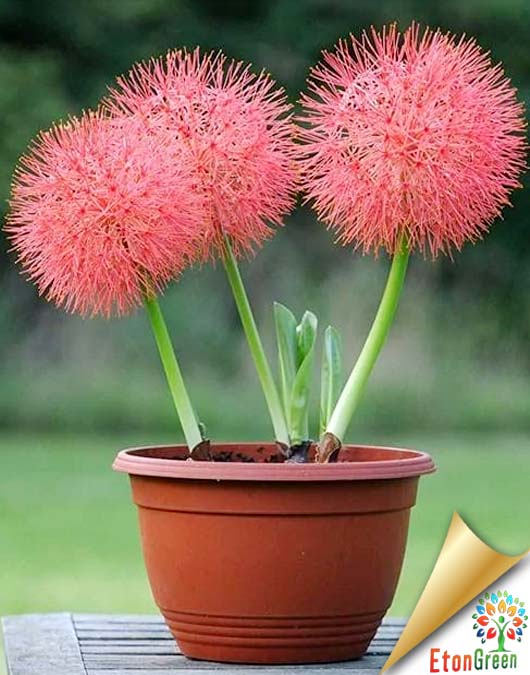
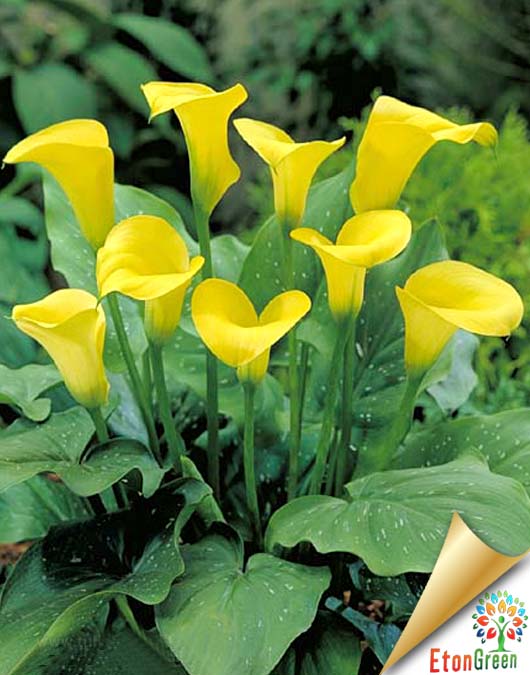
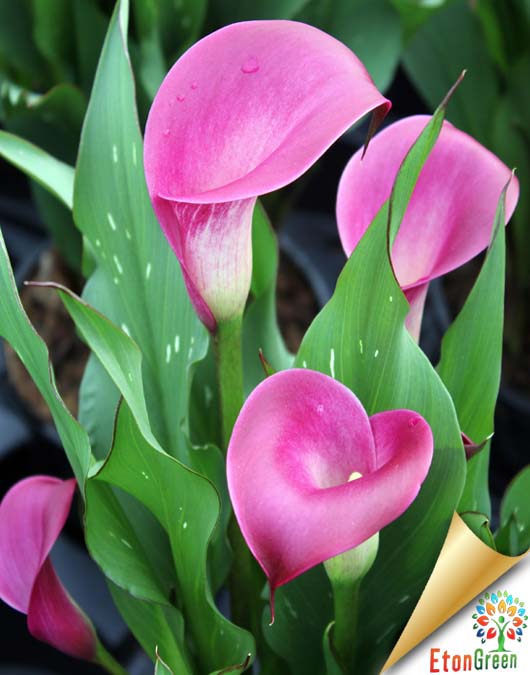


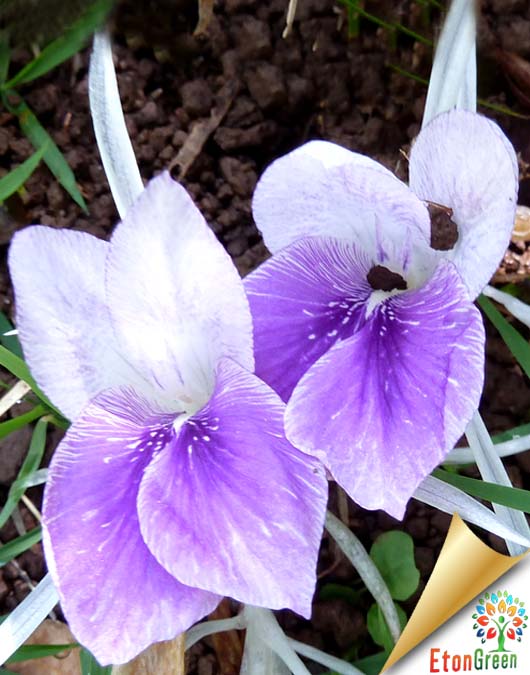
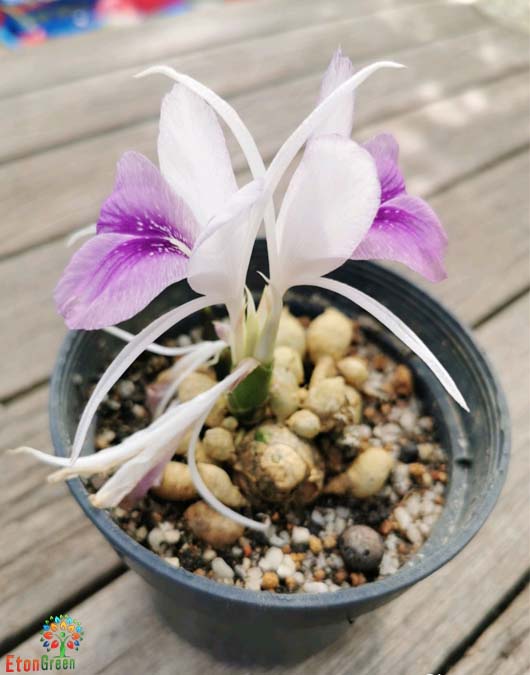
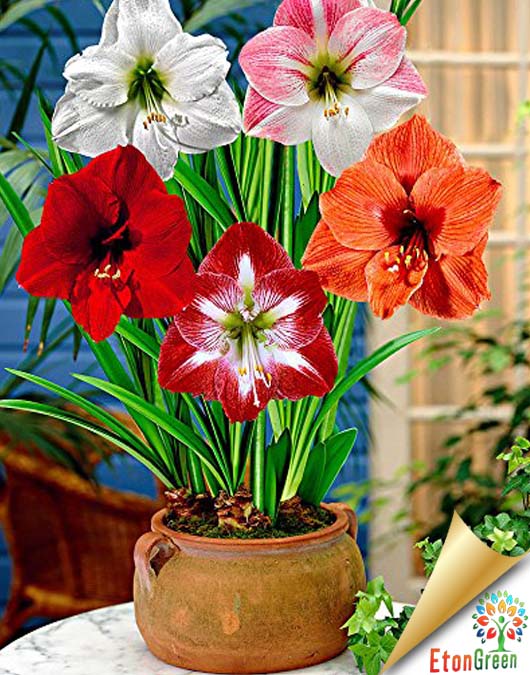
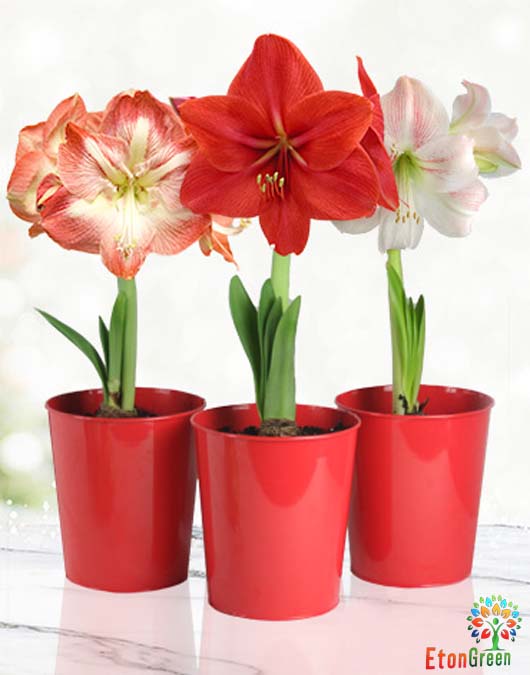
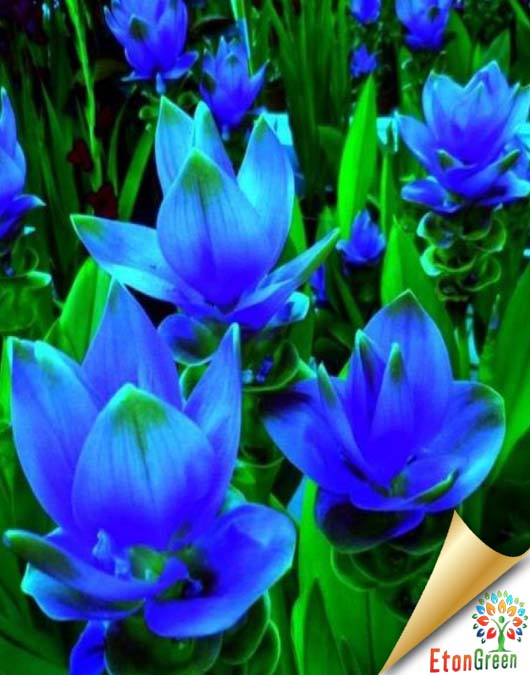
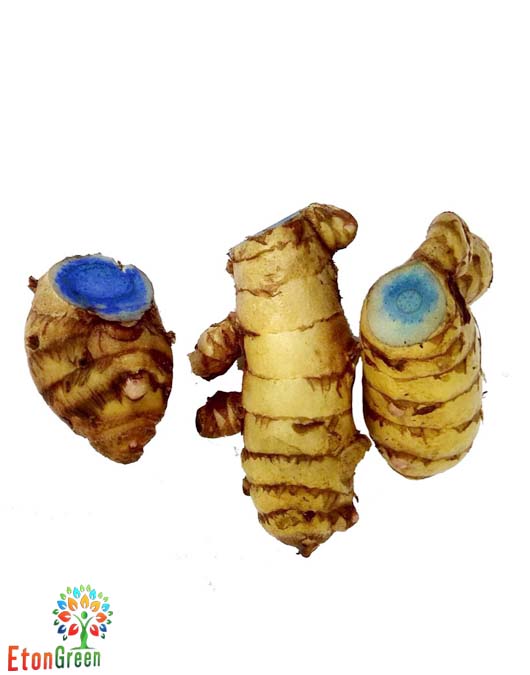
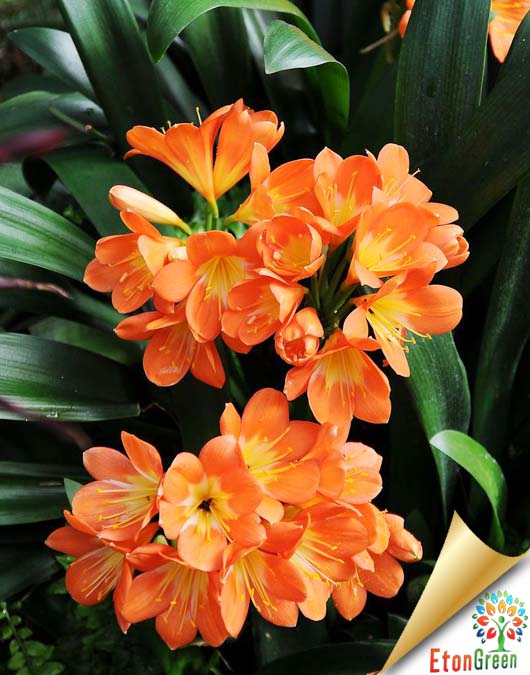
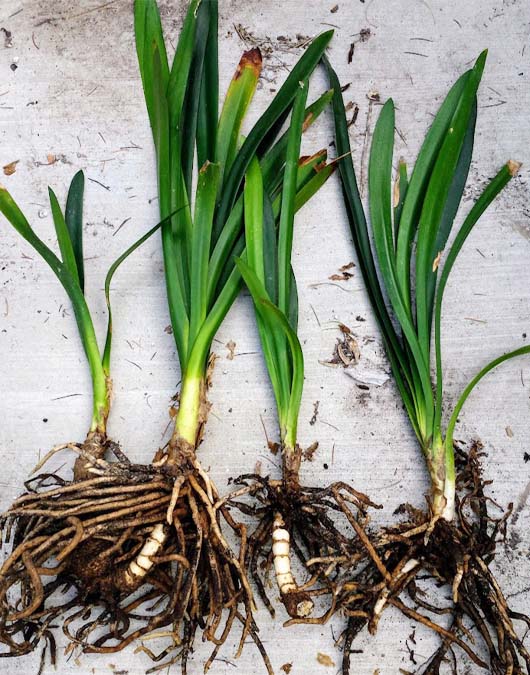
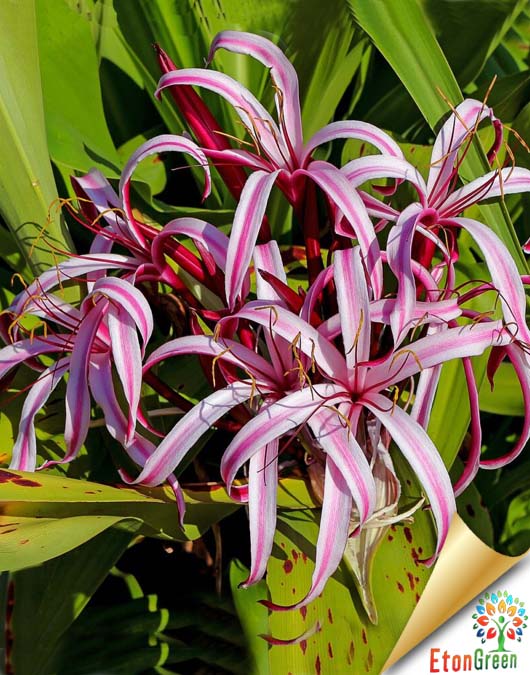
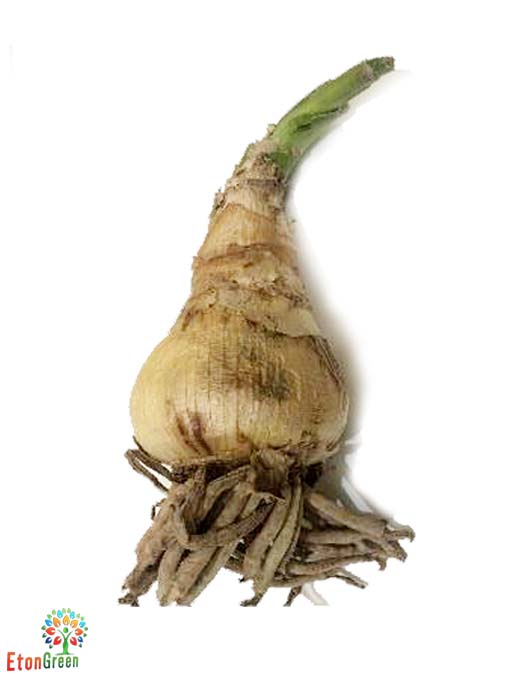
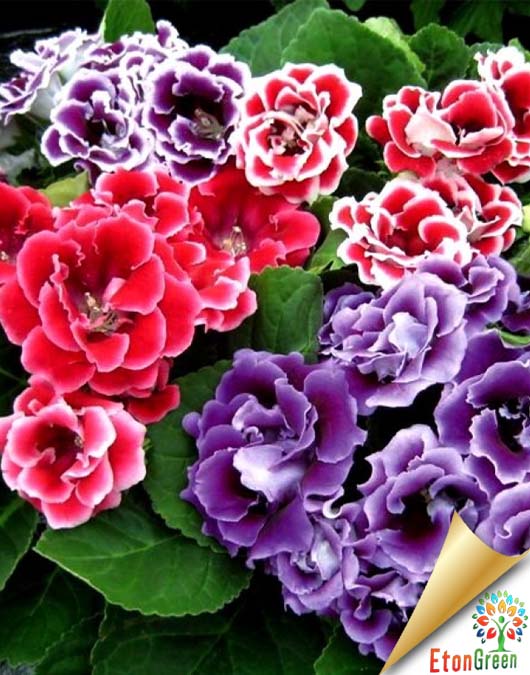
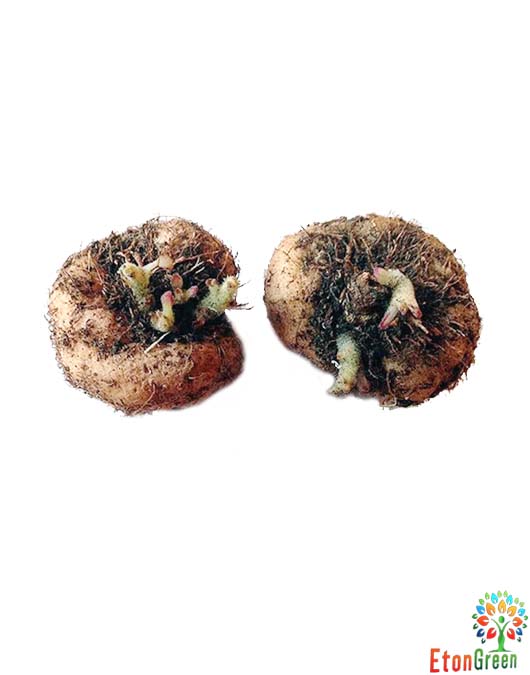
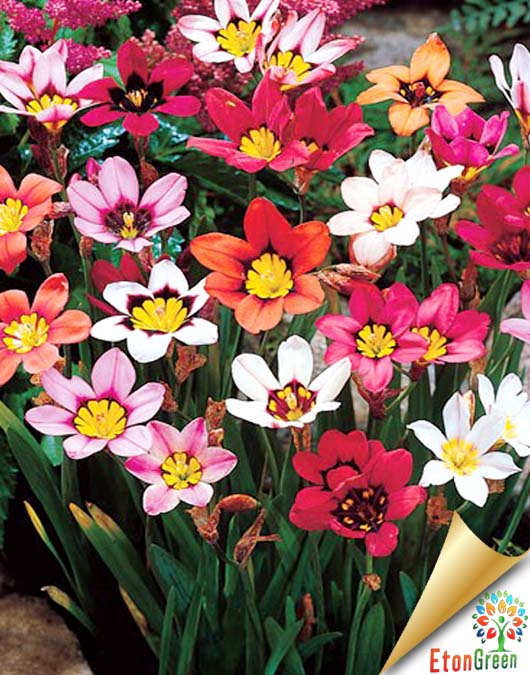
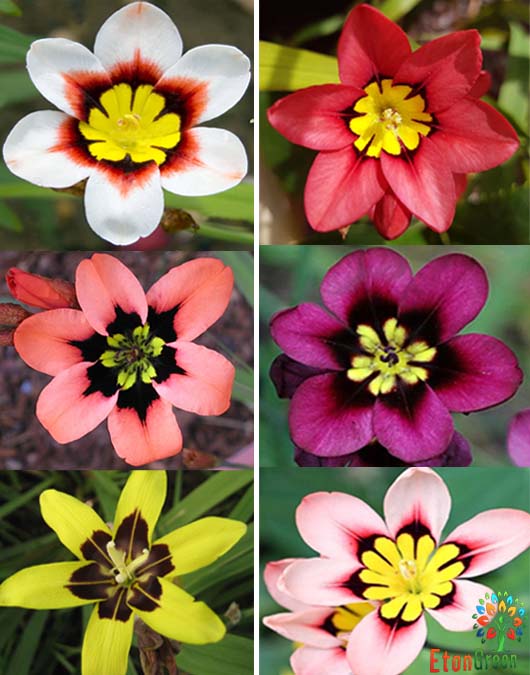
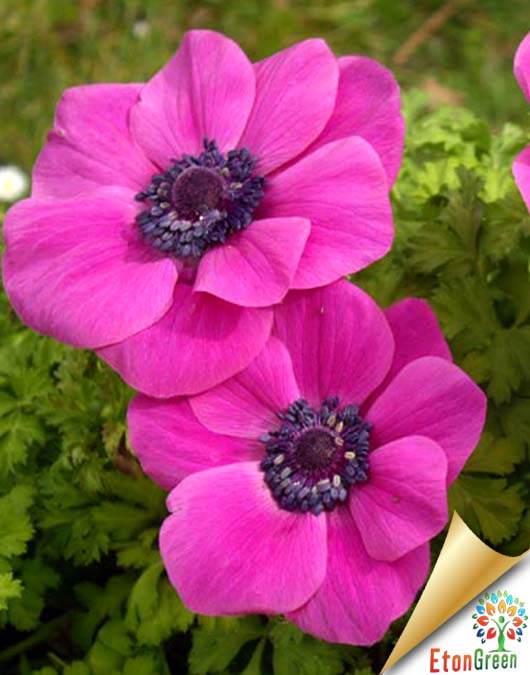
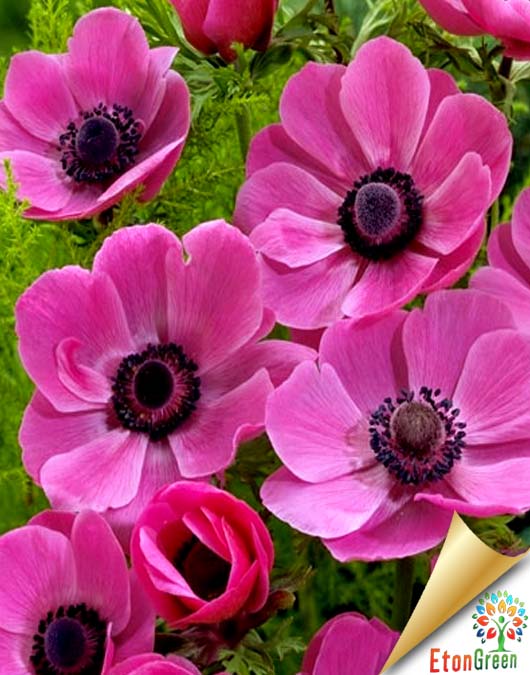
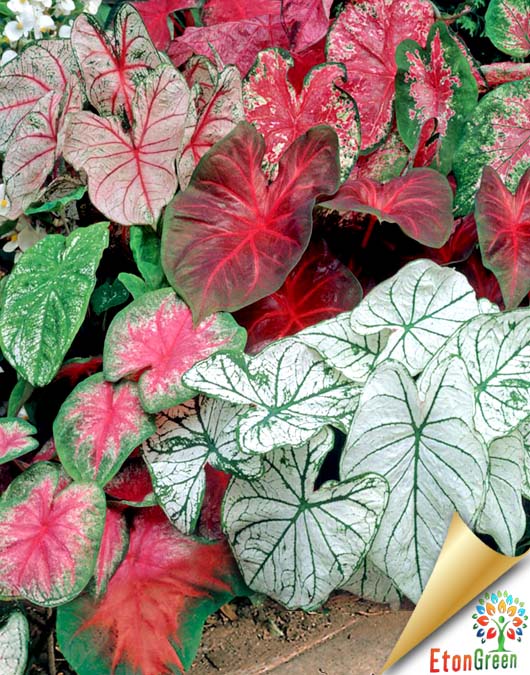
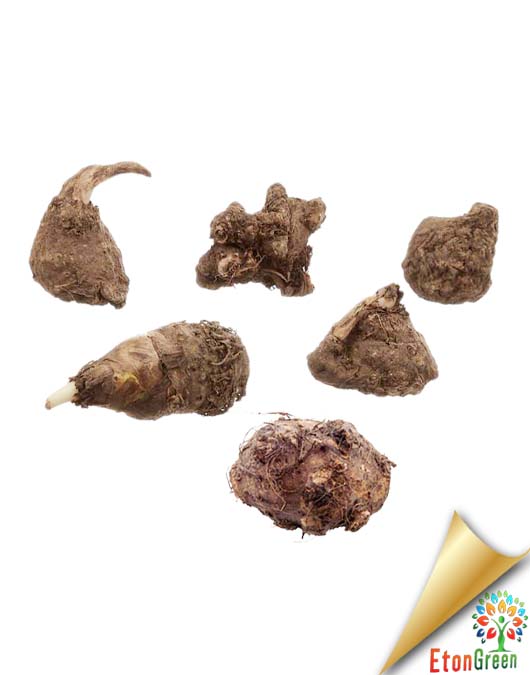
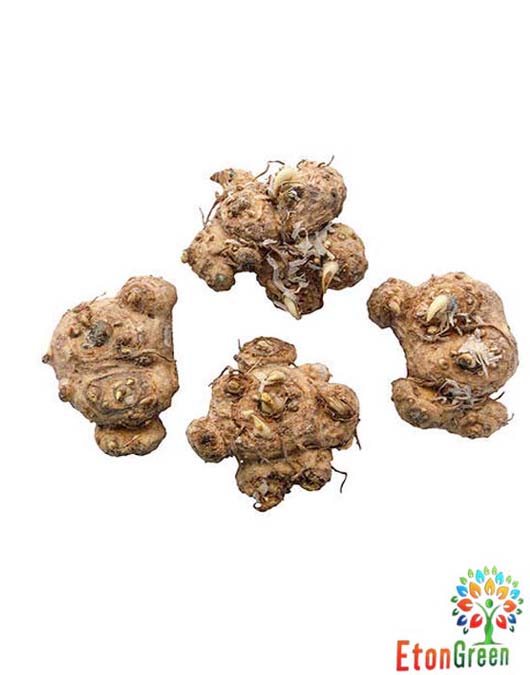
Reviews
There are no reviews yet.